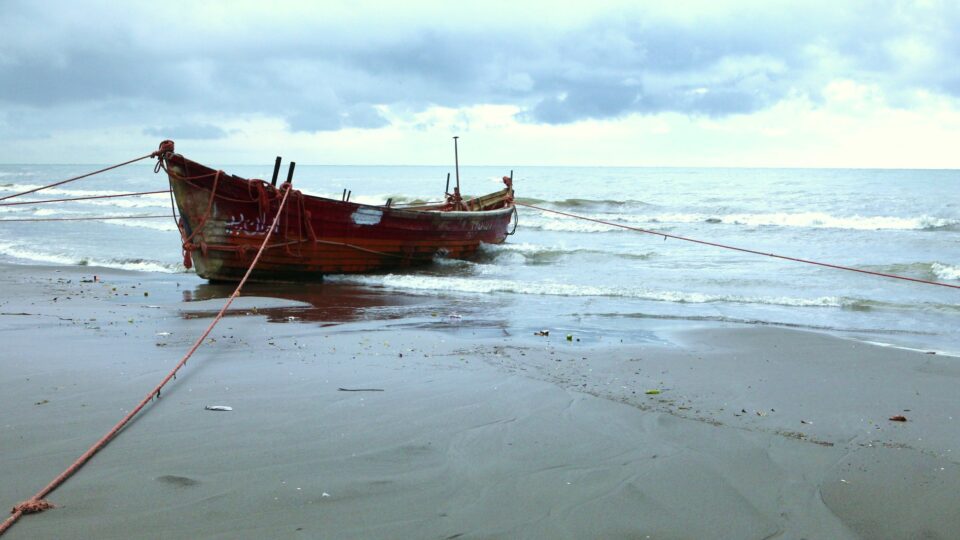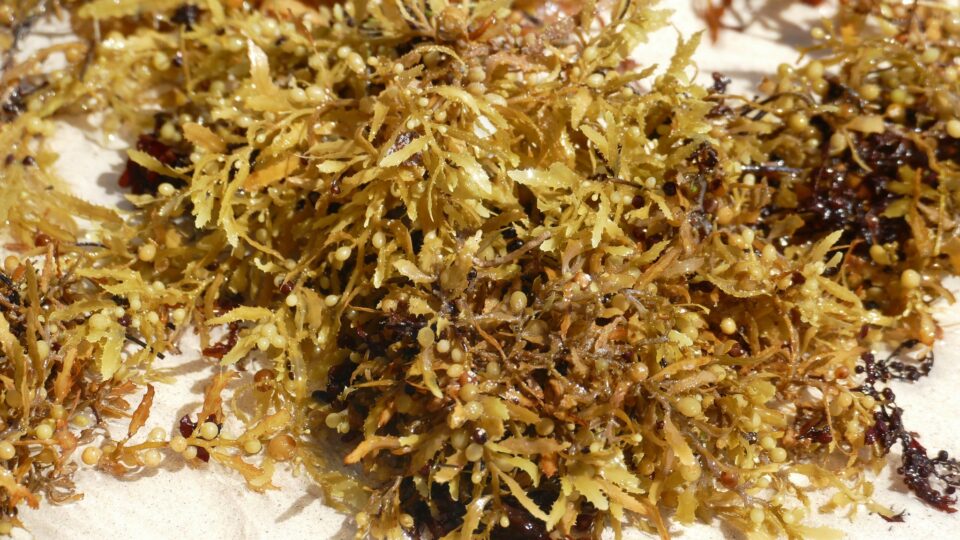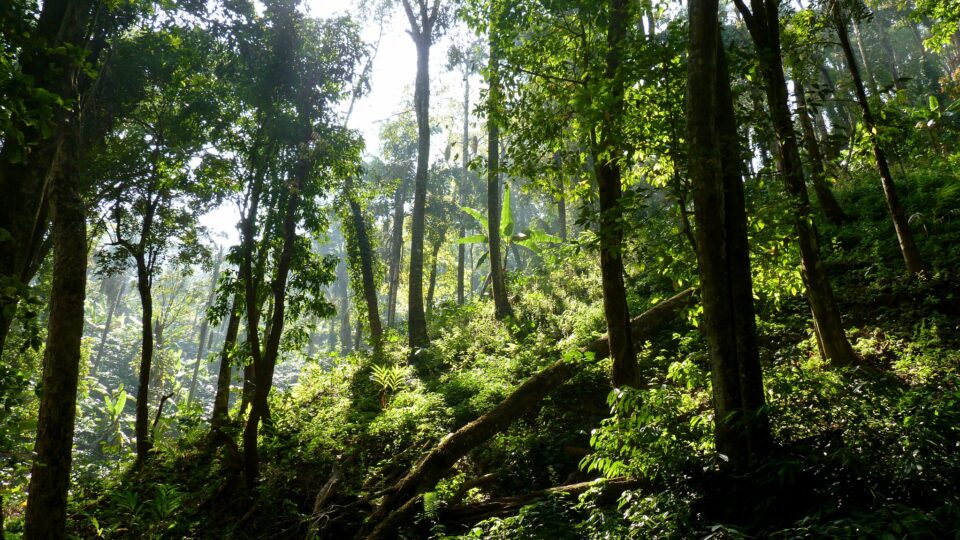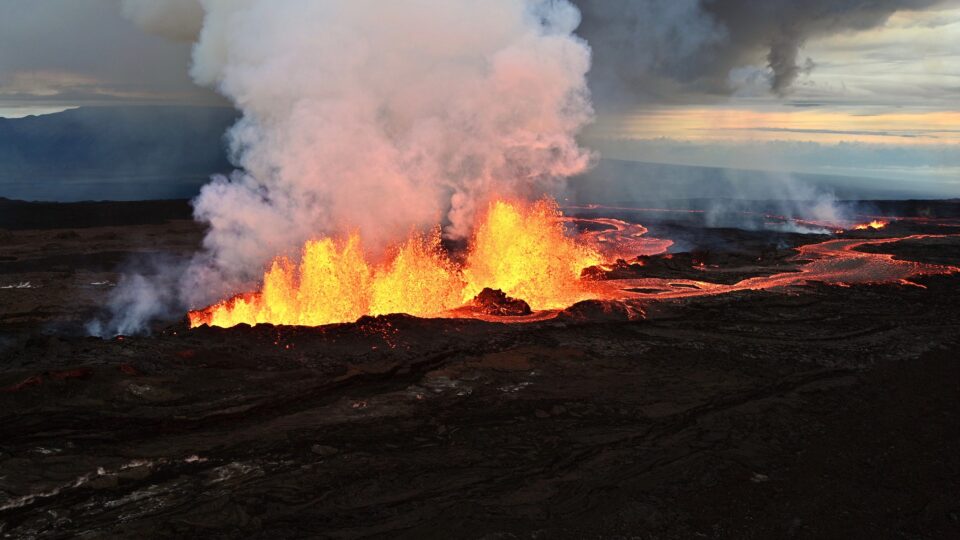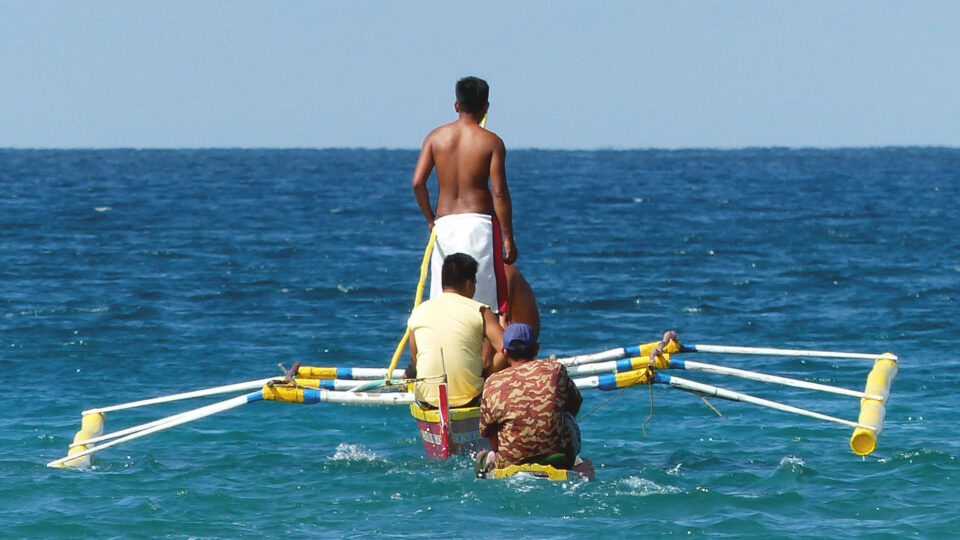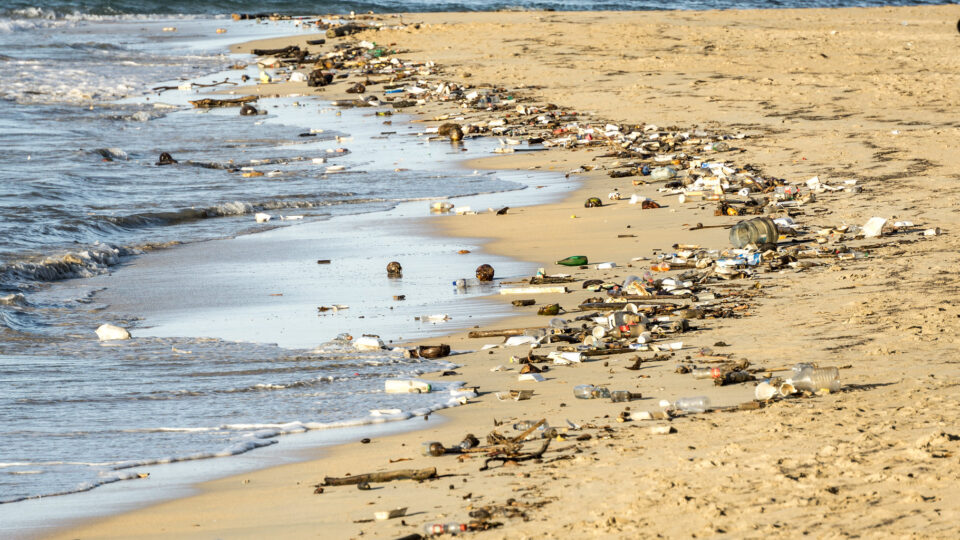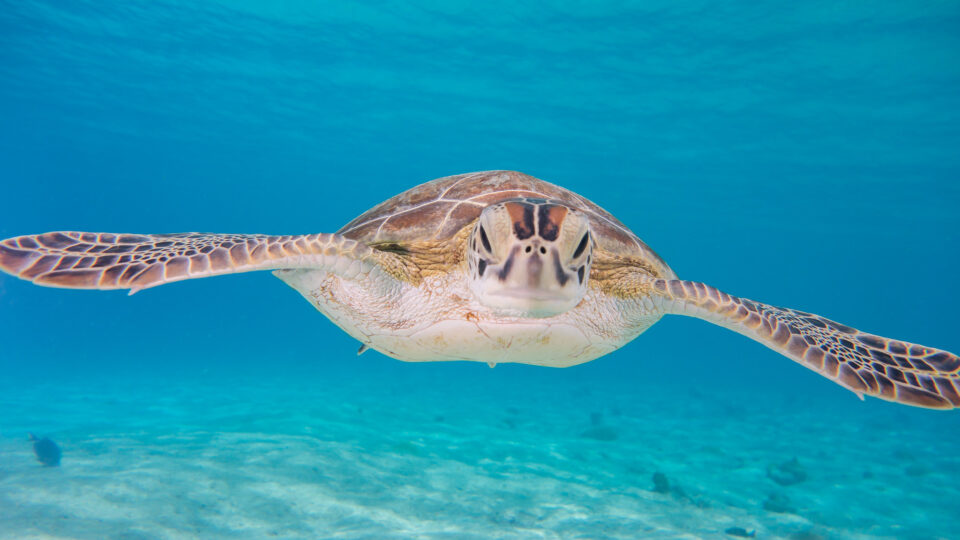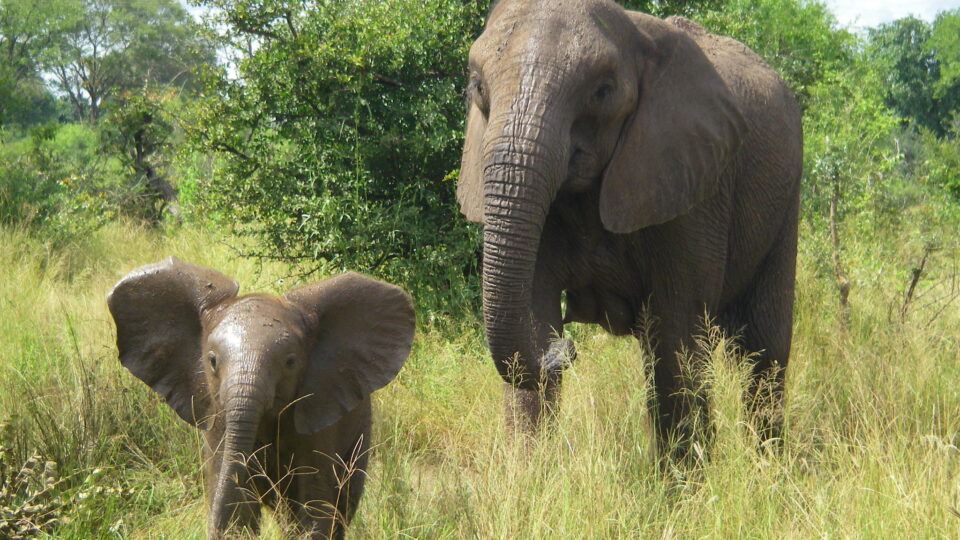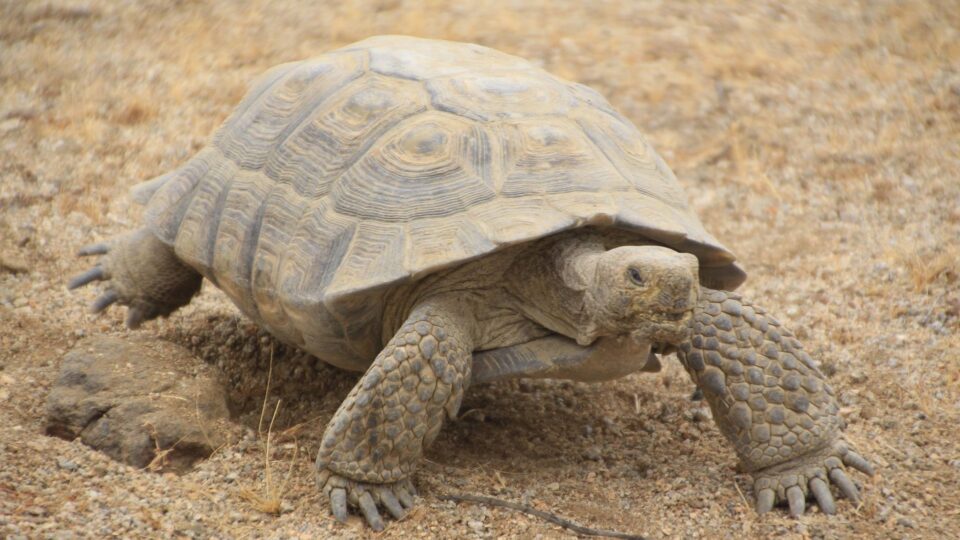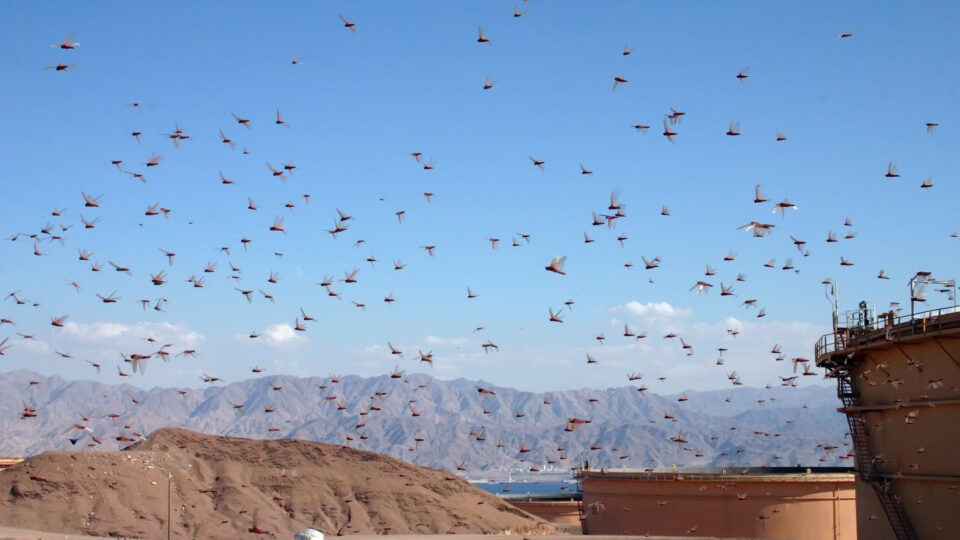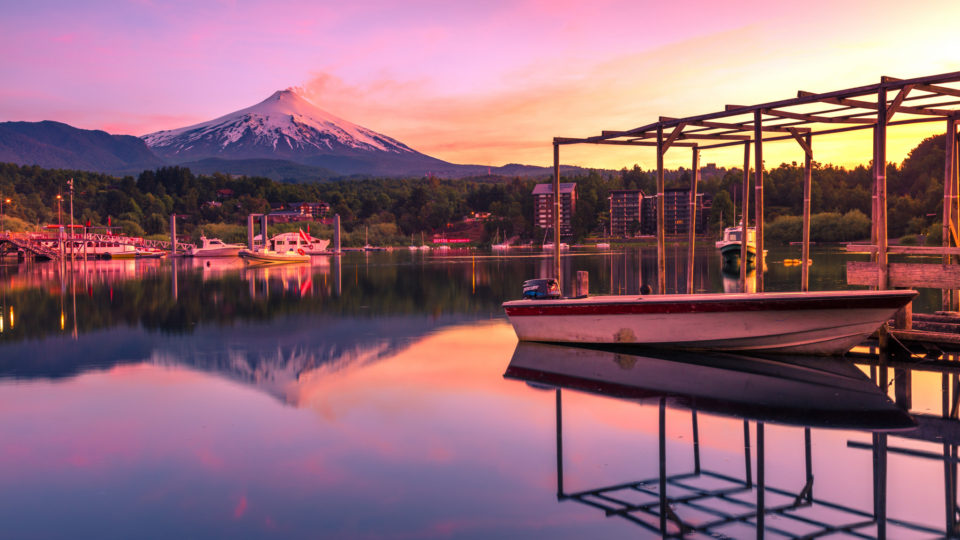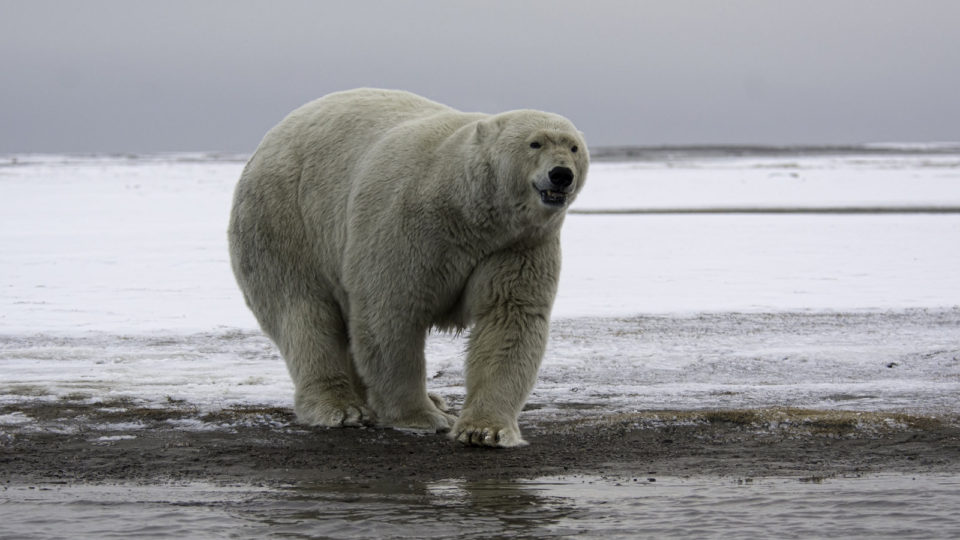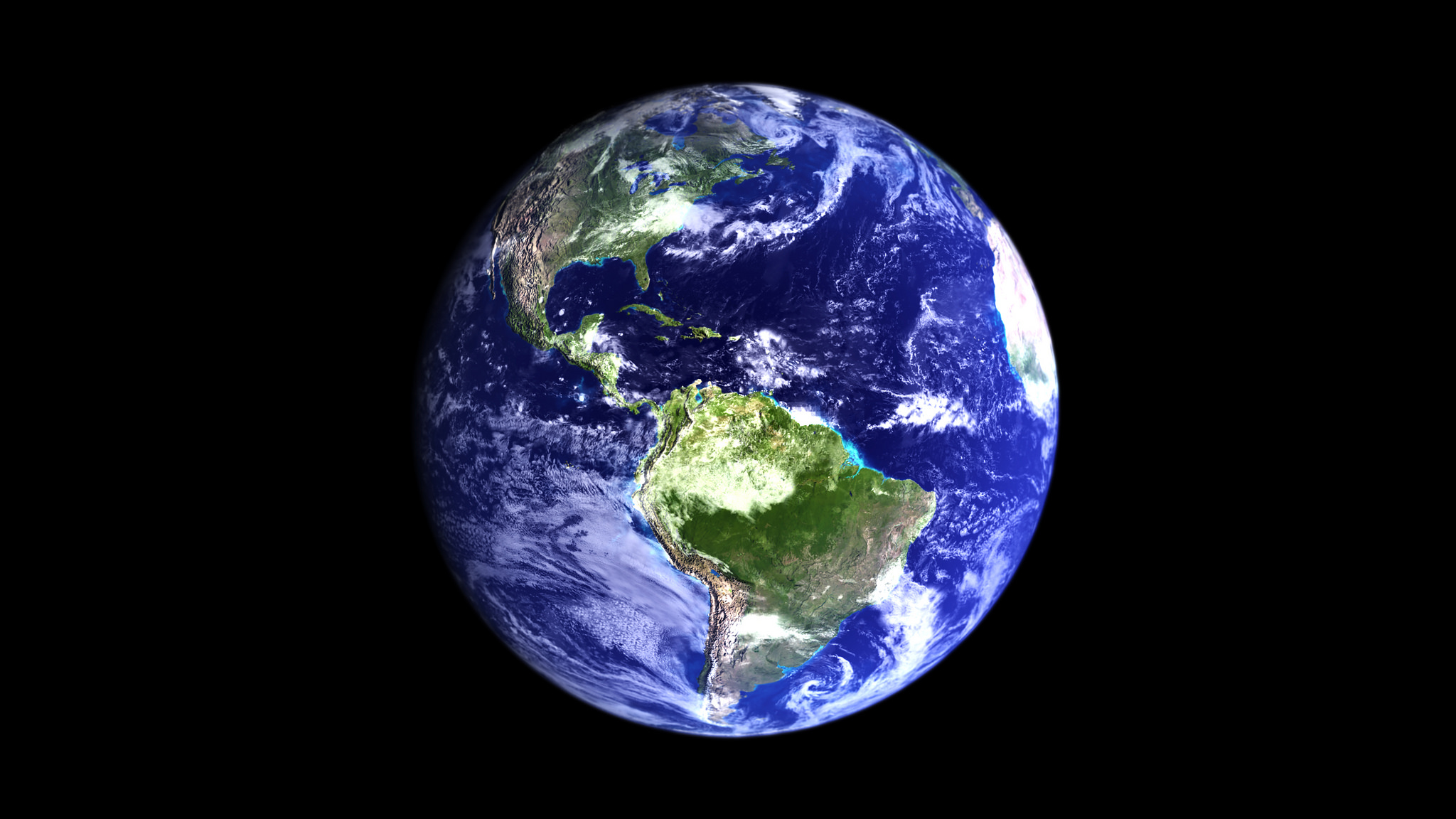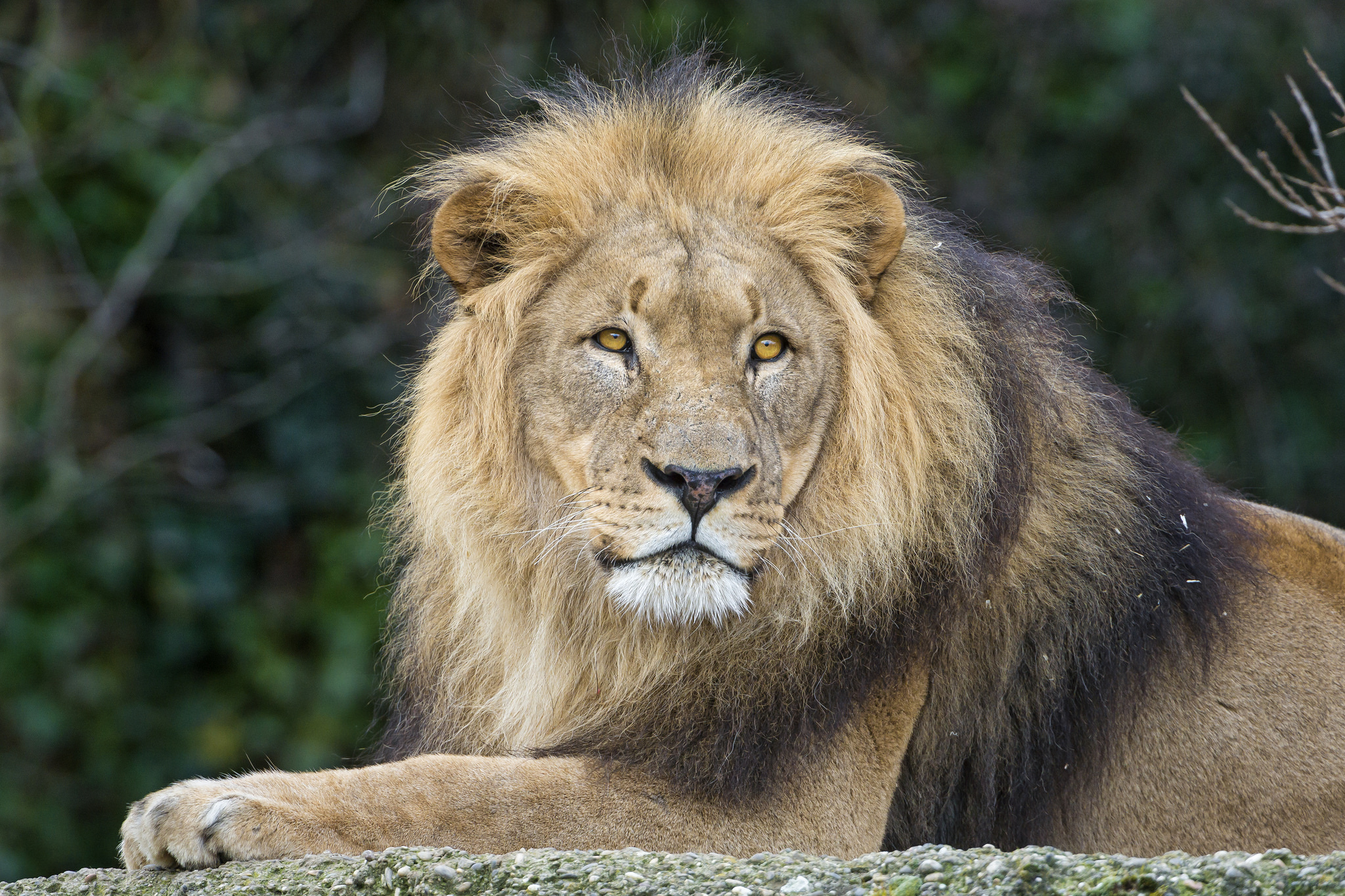Five separate weather-tracking organizations have proclaimed 2023 as the hottest year on record. They all agreed that 2023 beat the previous record-holder – 2016 – by a wide margin. Organizations that use a pre-industrial baseline of 1850-1900 found that 2023 was 1.45 to 1.48 degrees Celsius above the baseline. But what caused 2023 – especially the second half of it – to be so hot?
Scientists believe that there were multiple factors that contributed to the record-breaking heat.
First and foremost is the long-term rise in greenhouse gases. Over 100 years of burning fossil fuels along with major changes in land use (particularly deforestation) have led to a significant rise in the heat-trapping blanket of the gases in the atmosphere.
On top of this long-term trend, the return of the El Niño condition in the Pacific in May helped temperatures rise further.
At the same time, the tropical Pacific was not the only ocean that was hotter than normal. The global sea surface temperature set new records in 2023 and there were multiple marine heat waves. Heat trapped by the atmosphere is absorbed by the oceans, raising their temperatures.
Another factor is the quantity of aerosols in the atmosphere. Many of these aerosols actually cool the atmosphere by reflecting the sun’s light back into space. Society’s efforts to reduce air pollution and improve air quality have led to decreasing levels of aerosols.
2024 started with some seriously cold weather in some places but predictions are that this year will be roughly as warm as 2023 and possibly warmer given that the dynamics driving last year’s weather are all still in place.
*********
Web Links
Five Factors to Explain the Record Heat in 2023
Photo, posted February 22, 2016, courtesy of Jasmin Toubi via Flickr.
Earth Wise is a production of WAMC Northeast Public Radio



